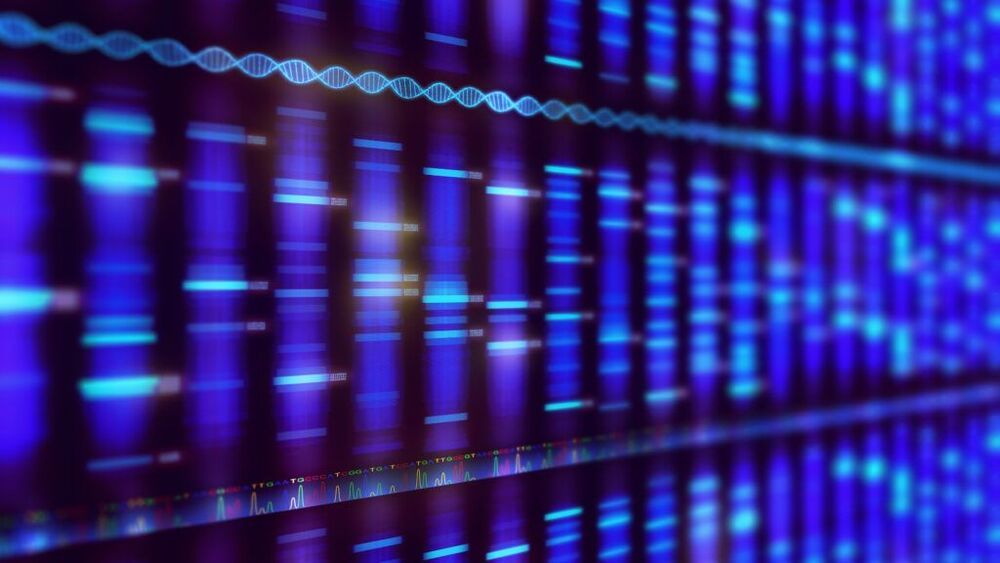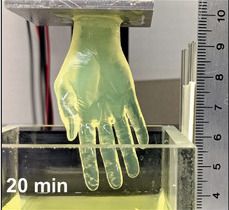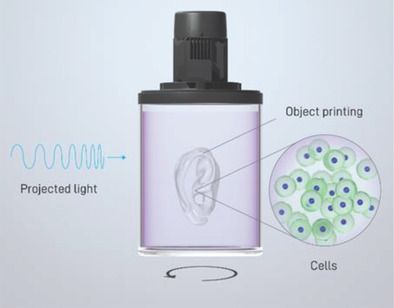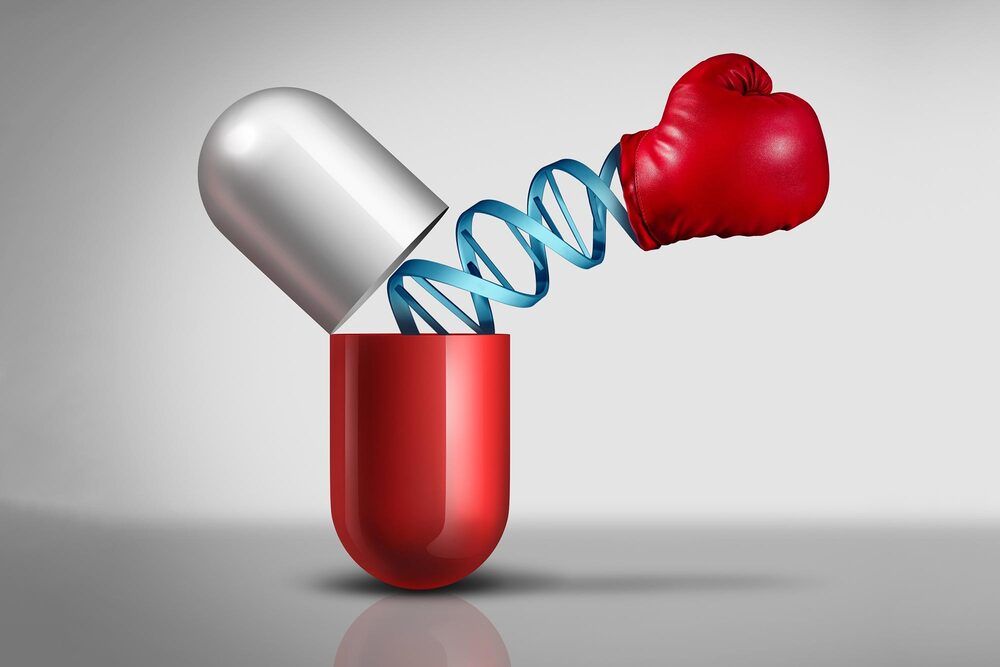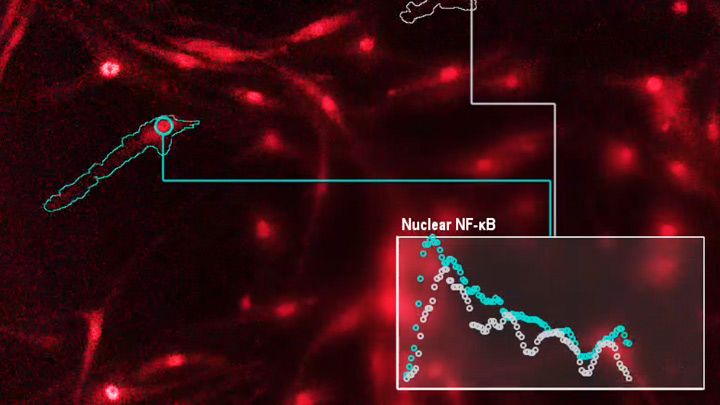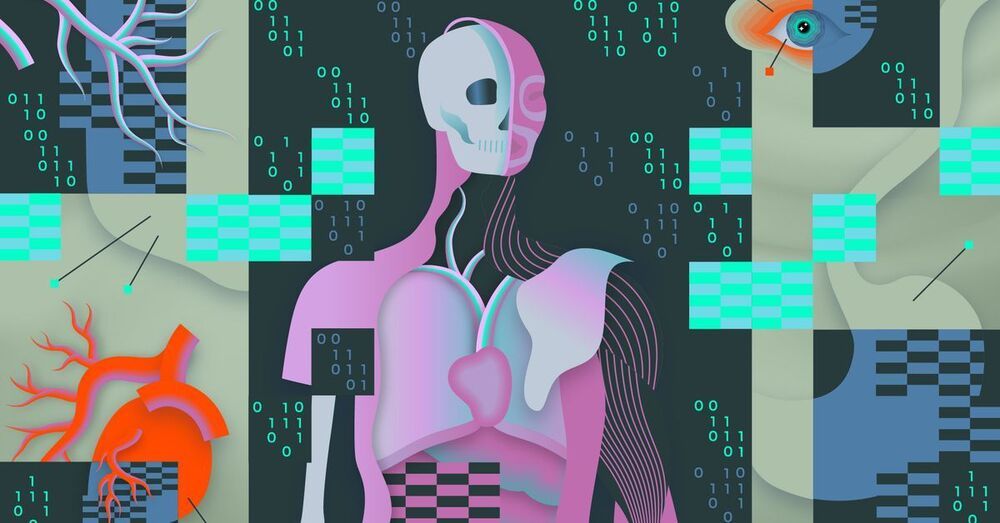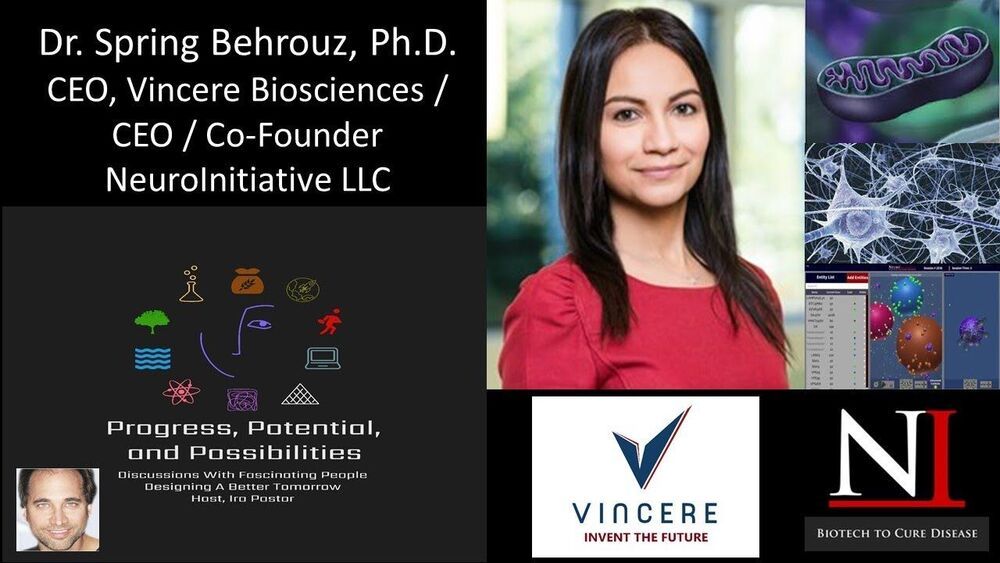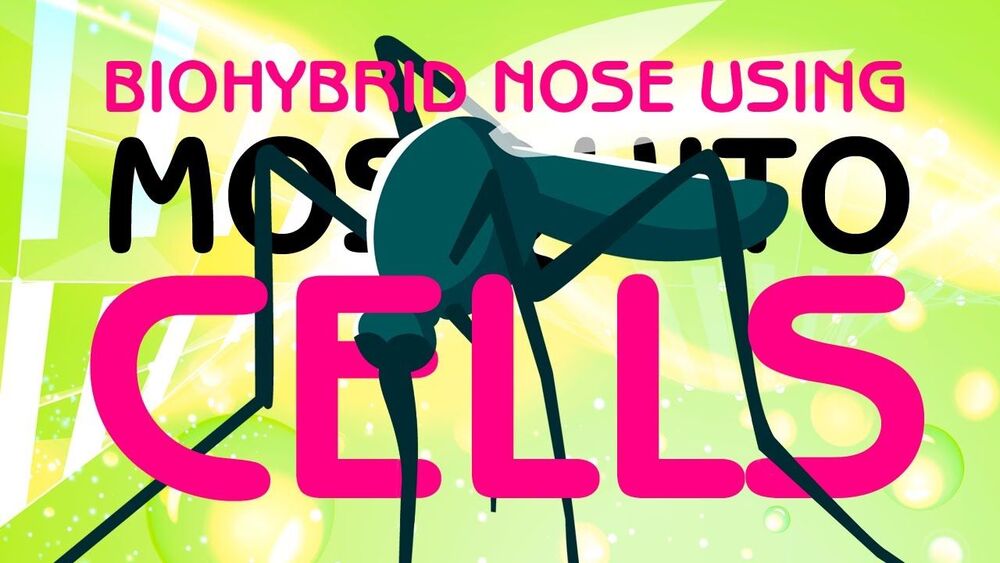Jul 23, 2021
Health Canada Provides Positive Feedback on Tetra Bio-Pharma’s Application for ARDS-003 to be Studied in COVID-19 Patients at Risk of Developing Acute Respiratory Distress Syndrome
Posted by Omuterema Akhahenda in categories: biotech/medical, health
Tetra’s trial will be the first worldwide drug which involves the use of an injectable sterile synthetic cannabinoid in patients infected by COVID-19. Tetra will use this study to demonstrate that its ARDS-003 drug can help prevent the acute respiratory distress seen in serious complications of COVID-19.
The proposed study is a randomized, double-blind, placebo-controlled trial to evaluate the safety, tolerability, pharmacokinetics, and preliminary efficacy of ascending doses of ARDS-003 in hospitalized COVID-19 patients with pneumonia and at risk of developing acute respiratory distress syndrome.
Seeking guidance on clinical study protocol to be conducted in patients with COVID-19 is a pre-requisite of the Health Canada regulatory process for COVID-related trials. The Office of Clinical Trials of Health Canada’s Therapeutic Products Directorate acknowledged that Tetra’s extensive nonclinical data, including genotoxicity, safety pharmacology and toxicities studies, assessing the safety and pharmacokinetic profile of the investigational drug meet the authority’s requirements for a New Molecular Entity and granted the Company the approval for filing a clinical trial application in patients infected with Sars-CoV-2 (COVID-19). The authorities also agreed on the proposed study design, target population, and primary and secondary objectives and endpoints of the study in severe COVID-19 patients. To this end, contingent to Health Canada’s accelerated review process for Covid-related trials, the Company’s drug ARDS-003, will be evaluated in COVID-19 patients.
 Tetra’s trial will be the first worldwide drug which involves the use of an injectable sterile synthetic cannabinoid in patients infected by COVID-19. Tetra will use this study to demonstrate that its ARDS-003 drug can help prevent the acute respiratory distress seen in serious complications of COVID-19.
Tetra’s trial will be the first worldwide drug which involves the use of an injectable sterile synthetic cannabinoid in patients infected by COVID-19. Tetra will use this study to demonstrate that its ARDS-003 drug can help prevent the acute respiratory distress seen in serious complications of COVID-19.